When it comes to eating, we’ve all got a “calorie budget,” but let’s be honest, some of us are better at managing it than others. If you want to make the most of what you’re eating, you have to be diligent about investing those calories in the right places and getting the best bang for your buck with the foods you choose. Here are 13 of the most nutrient dense foods available. They give you the most nutritional value per bite and are what you should be focusing on when you load up your plate each day to maximize your health span.
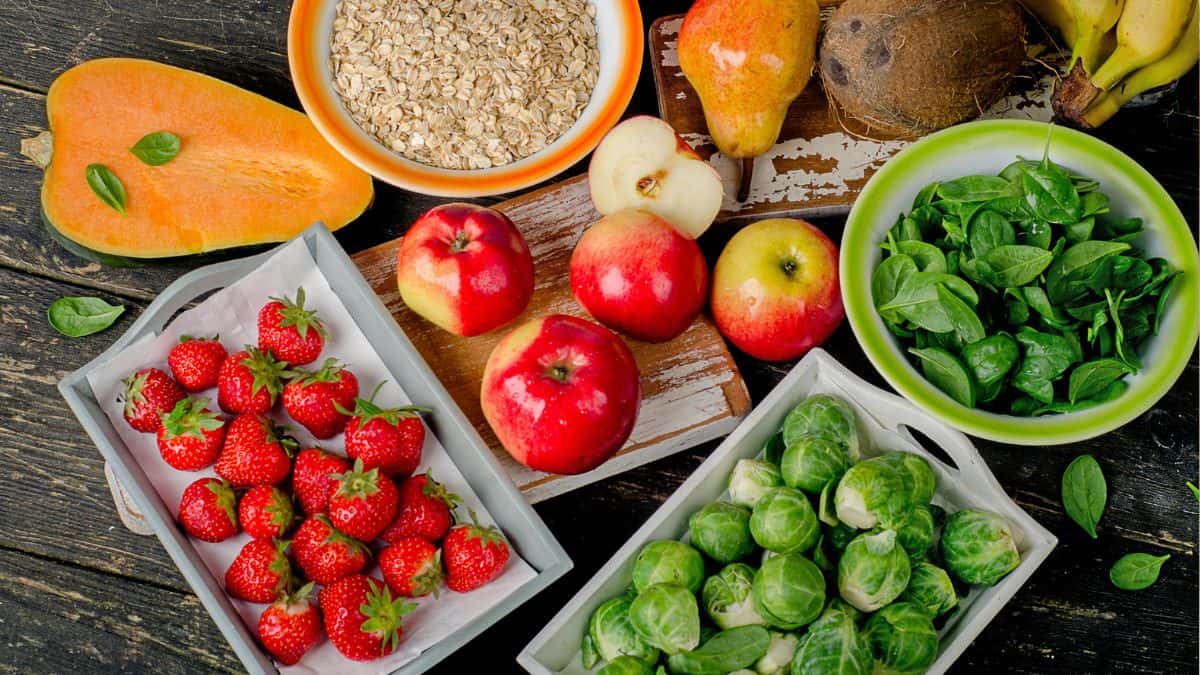
Salmon

Salmon is a nutritional powerhouse, offering an impressive profile of omega-3 fatty acids, crucial for heart health and inflammation reduction. It’s a fantastic source of high-quality protein, vitamins B12 and D, essential for bone health and immune function. Antioxidants like astaxanthin found in salmon support brain health and have been shown to help prevent chronic diseases.
Try this Recipe: Pesto Salmon
Sardines

Sardines are small fish with a huge nutritional impact, packed with heart-healthy omega-3 fatty acids, vitamin D, and calcium for bone strength. They are an excellent source of protein and provide essential nutrients that support cognitive function and overall health. Including sardines in your diet can help improve heart health, reduce inflammation, and support mental wellbeing. We know they’re not everyone’s cup of tea but it’s worthwhile to try and learn to love them!
Try this Recipe: The Best Sardine Salad
Liver

Humans and our ancestors have been consuming animals for millions of years, but the modern Western diet has shifted away from organ meats towards muscle meat, which is nutritionally inferior. Among all organs, the liver stands out as the most nutritious, packed with vitamin A, iron, B vitamins, and numerous other nutrients that support eye health, immune function, and energy metabolism. Eating liver once a week is a great way to ensure you get all these vital benefits.
Garlic

Garlic is renowned for its health benefits, including its ability to boost the immune system and reduce the risk factors for heart disease. Its active component, allicin, has potent medicinal properties that can fight bacteria and viruses. Regular consumption of garlic can also help lower blood pressure and cholesterol levels, making it a great option for cardiovascular health.
Shellfish

Shellfish, including oysters, clams, and mussels, are rich in nutrients like zinc, vitamin B12, and omega-3 fatty acids, which are vital for brain health and immune support. They’re an excellent source of protein while being low in calories, making them a great choice for anyone looking to maintain a healthy weight. Shellfish can also provide a significant amount of iron, supporting oxygen transport and energy levels.
Try this Recipe: Easy Baked Popcorn Shrimp
Berries
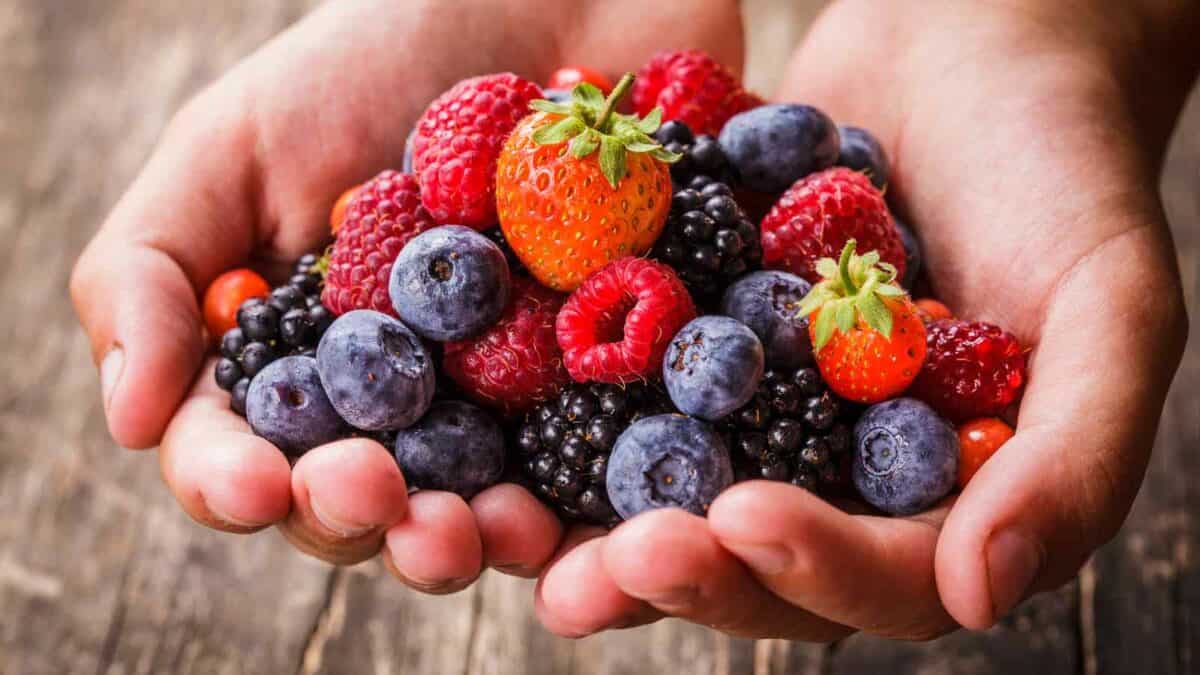
Berries are a superfood group that includes strawberries, blueberries, raspberries, and blackberries, all known for their high levels of antioxidants. These nutrients can help reduce inflammation and oxidative stress, promoting heart health and lowering the risk of chronic diseases. Berries are also a great source of fiber, vitamins, and minerals, supporting digestive health and overall well-being.
Try this Recipe: Fruit Panzanella Salad
Eggs
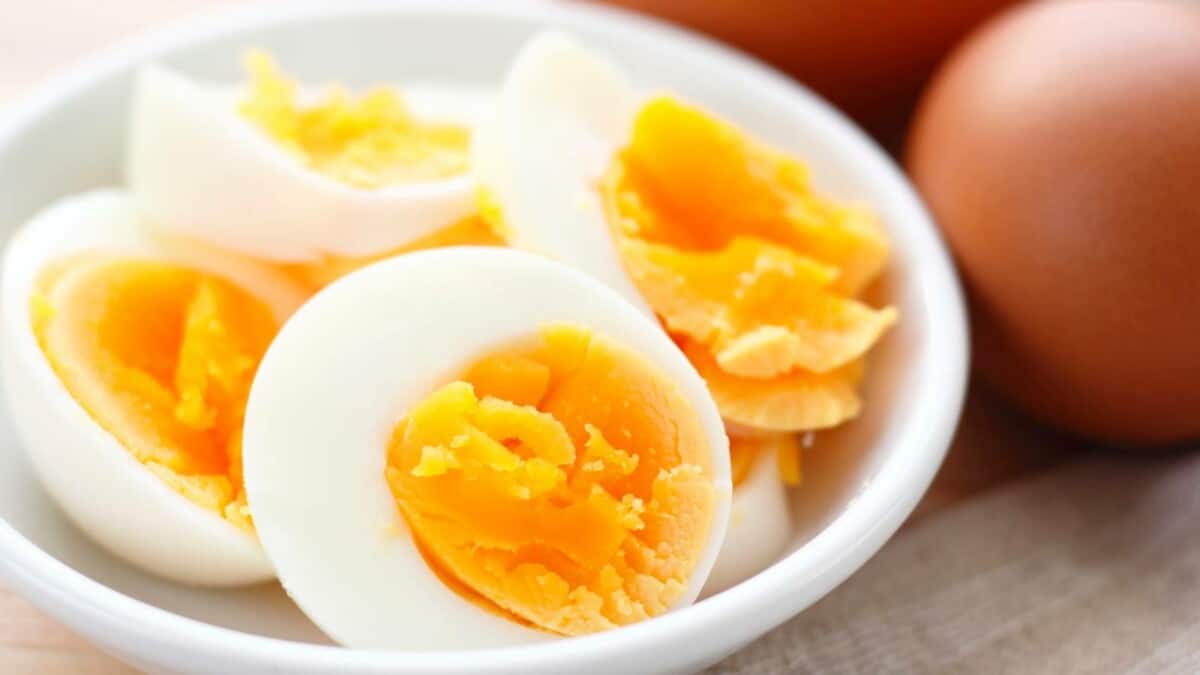
Eggs are among the most nutritious foods on the planet, containing a little bit of almost every nutrient you need. They’re a high-quality protein source and contain essential vitamins and minerals, including choline, which is crucial for brain and liver health. Eggs are also versatile and easy to prepare, making them a convenient addition to a nutrient-dense diet.
Try this Recipe: Spinach Frittata
Dark Chocolate

Dark chocolate is rich in cocoa, which contains flavonoids with potent antioxidant and anti-inflammatory properties. It can improve heart health by increasing blood flow and reducing blood pressure. Choosing dark chocolate with a high cocoa content offers benefits like enhanced brain function and a lower risk of heart disease, making it a delicious and healthy treat.
Try this Recipe: Dark Chocolate Covered Oranges
Seaweed

Seaweed is a nutrient-rich plant form of marine algae, which offers a unique source of iodine, essential for thyroid function. It also contains various vitamins, minerals, and antioxidants, supporting metabolic health and reducing the risk of chronic diseases. Incorporating seaweed into your diet can contribute to improved digestion, weight management, and overall health. Seaweed salads or dried seaweed snacks are two great ways to enjoy the benefits of this nutrient-dense food.
Bone Broth
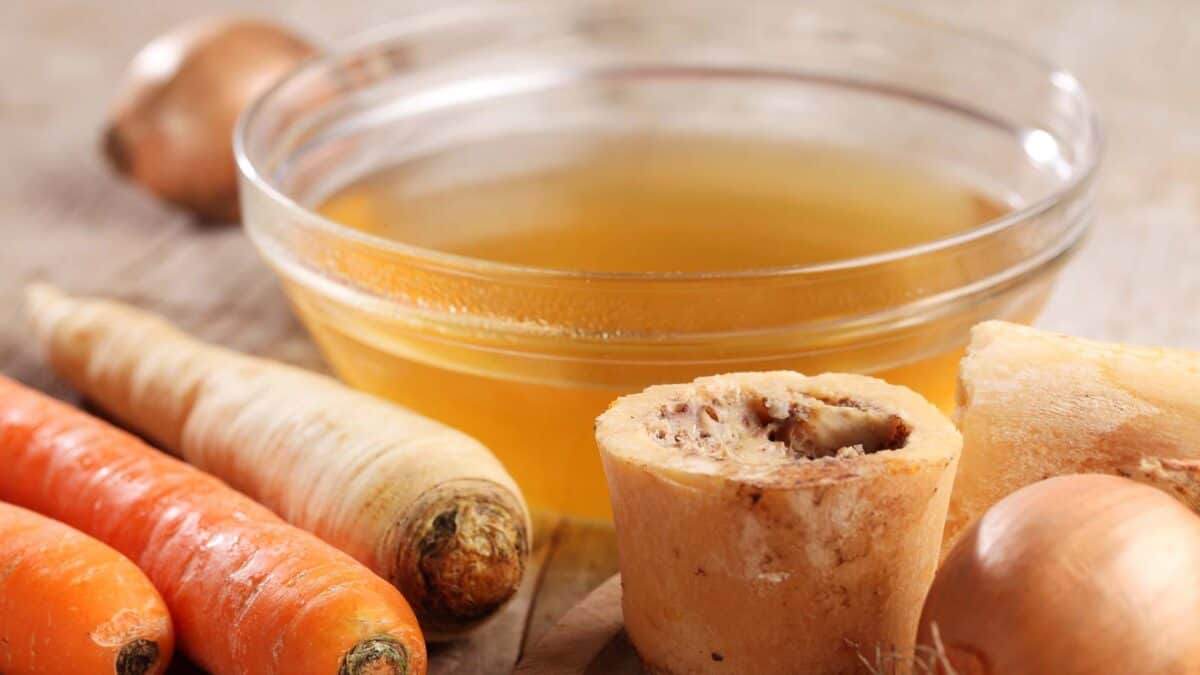
Bone broth is made by simmering bones and connective tissue of animals, which releases collagen and amino acids into the broth. These nutrients support joint health, immune function, and gut health. Bone broth is also rich in minerals like calcium and magnesium, promoting bone density and overall wellness. Save your roasted chicken carcasses and make your own at home!
Leafy Greens

Leafy greens, including spinach, kale, and Swiss chard, are packed with vitamins A, C, and K, minerals like calcium and potassium, and fiber. These nutrients support heart health, reduce the risk of chronic disease, and promote healthy skin and eyes. Consuming a variety of leafy greens can improve your overall health and provide essential nutrients for daily function.
Try this Recipe: Sauteed Greens
Grass-fed Beef

Grass-fed beef is richer in certain nutrients than beef from grain-fed animals, including omega-3 fatty acids, which are beneficial for heart health. It also has more antioxidants like vitamins A and E, along with a healthier ratio of omega-6 to omega-3 fatty acids. Including grass-fed beef in your diet can support muscle growth and maintenance, immune function, and overall health.
Try this Recipe: Ground Beef Stir Fry
Beets
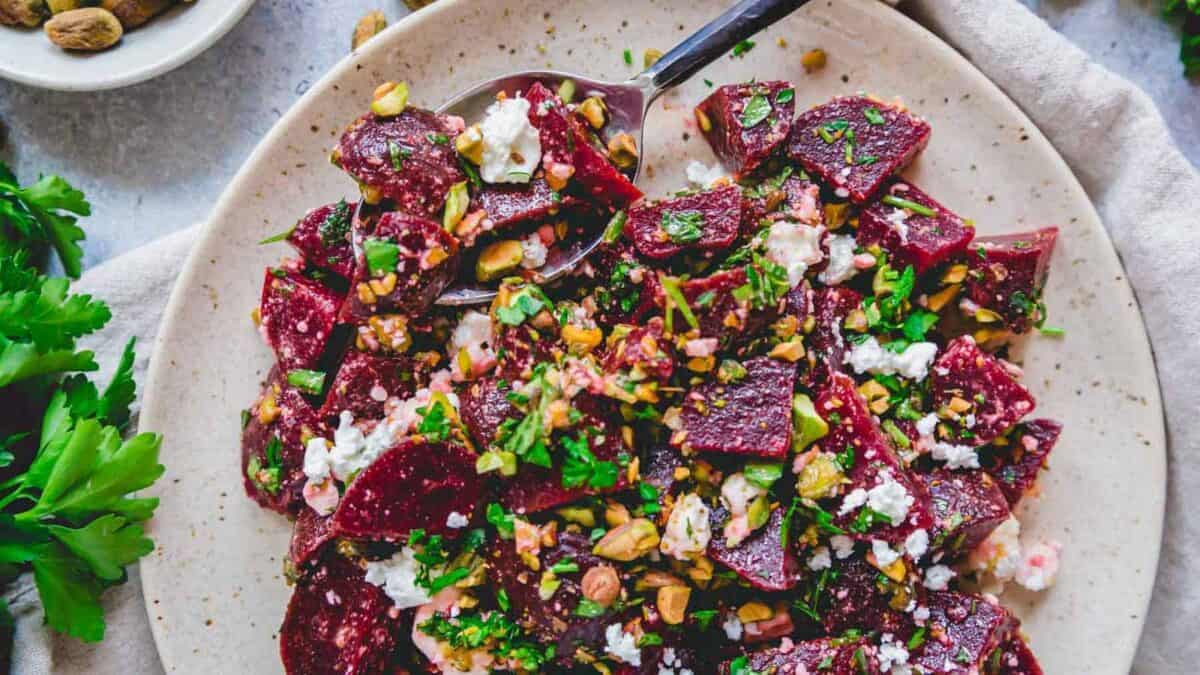
Beets are loaded with vitamins and minerals, including potassium for heart health and magnesium for bone health. They contain nitrates, which are converted into nitric oxide in the body, improving blood flow and lowering blood pressure. Beets also have pigments called betalains, which possess powerful antioxidant
Try this Recipe: Beet and Feta Salad
Upgrade Your Eggsperience With 15 New Ways To Eat Eggs

Tired of the same old egg routine? Eggs are a kitchen workhorse, but sometimes our dishes get stuck on repeat. These 15 recipes crack the code on leveling up your egg game. They go beyond breakfast, spanning savory to sweet for unique and creative ways to enjoy the incredible edible egg.
See them here: Upgrade Your Eggsperience With 15 New Ways To Eat Eggs
Top 10 Most Common Food Safety Mistakes People Make At Home

Navigating kitchen safety can sometimes feel like walking through a minefield of dos and don’ts. Let’s shed some light on the common food safety mistakes that sneak into our daily routines. By understanding and adjusting these small, often overlooked actions, we can significantly improve our food handling practices and keep our kitchens and families safe.
See Them Here: Top 10 Most Common Food Safety Mistakes People Make At Home
10 Best Frozen Veggies To Keep In Your Freezer At All Times For Easy Meals
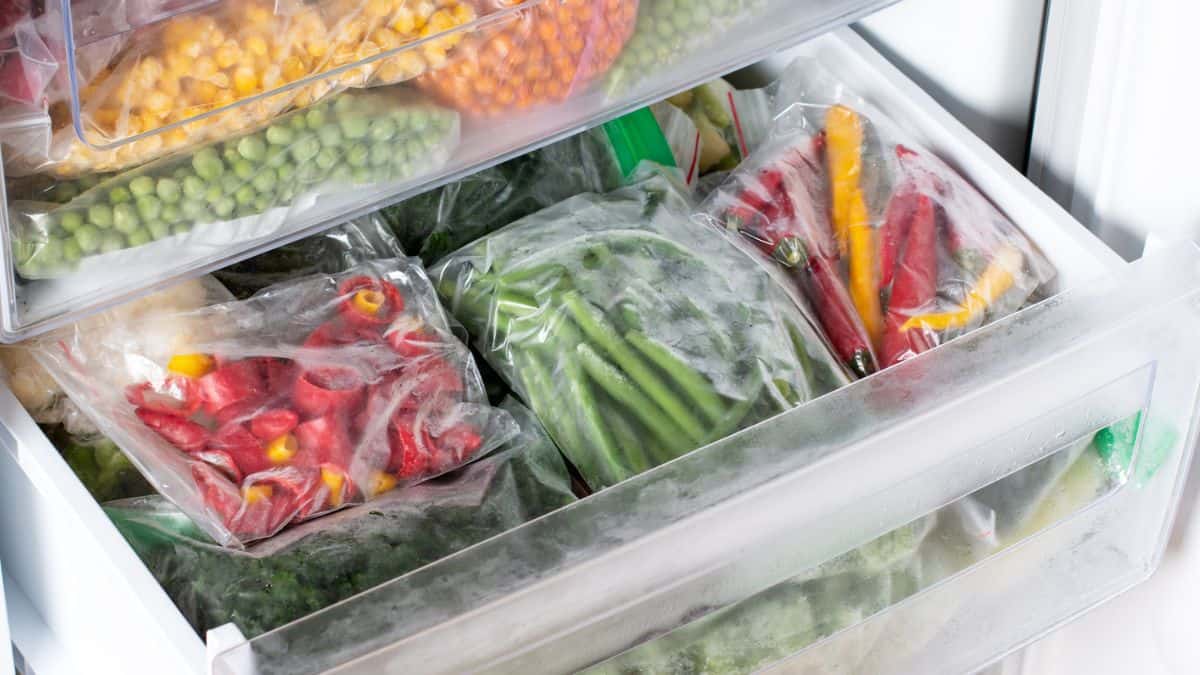
Keeping the right frozen veggies on hand is like having a secret weapon for easy meal prep. This list is a carefully selected lineup of the best frozen vegetables that promise to turn your everyday cooking into something effortlessly delicious. From the sweet char of fire roasted corn to the versatile goodness of chopped spinach, these freezer staples ensure you’re always ready to whip up something tasty.
See them here: 10 Best Frozen Veggies To Keep In Your Freezer
Select images provided by Depositphotos.
Gina Matsoukas is an AP syndicated writer. She is the founder, photographer and recipe developer of Running to the Kitchen — a food website focused on providing healthy, wholesome recipes using fresh and seasonal ingredients. Her work has been featured in numerous media outlets both digital and print, including MSN, Huffington post, Buzzfeed, Women’s Health and Food Network.








